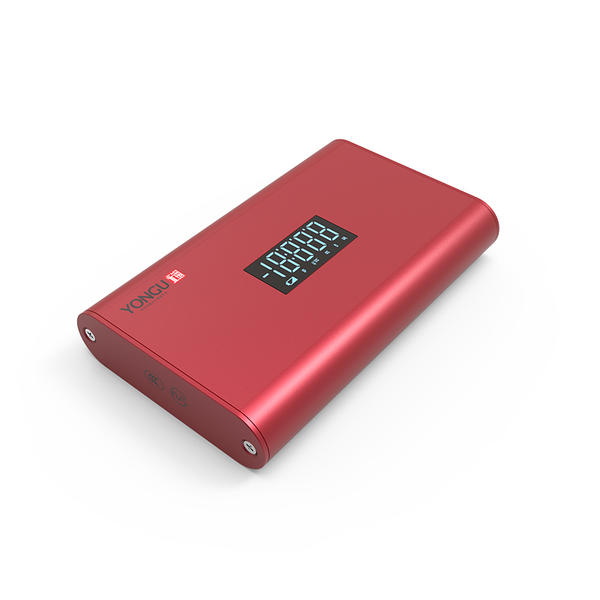Although the difference between aluminum alloy enclosure and stainless steel is not big, the two are used in different fields. Even in the same field, the products made are very different. What is the difference between aluminum alloy enclosure and stainless steel?
Aluminum alloy and stainless steel materials are widely used in various industries. The use of stainless steel and aluminum alloy cases in modern electronic products has become more popular. With the continuous development and improvement of processing technology, the application of stainless steel and aluminum alloy cases in various fields will increase. The following briefly introduces the specific differences between the two:
1. Structural differences.
The density of aluminum profile is very small, only 2.7g/cm. Although it is relatively soft, it can be made into various aluminum profile alloys, such as hard aluminum profile, super-hard aluminum profile, rust-proof aluminum profile, cast aluminum profile, etc. Aluminum profile is a good conductor of heat, and its thermal conductivity is three times larger than that of iron. In industry, aluminum profile can be used to make various heat exchangers, heat dissipation materials and cooking utensils. Aluminum profile has good ductility (its ductility is second only to gold and silver), and it can be made into aluminum profile foil thinner than 0.01mm at 100℃~150℃.

The stainless steel shell is made of steel. In the smelting process, chromium, nickel, manganese, silicon, copper and other metals are added. Chromium is the main alloying element. Generally, the self-content of chromium in stainless steel is at least 10.5%. Aluminum alloy The density varies according to the different alloying elements added, generally between 2.5×10³ kg/m³—2.8×10³ kg/m³, so the weight of the aluminum alloy enclosure is lighter than the stainless steel shell, which is almost one third of the weight of the stainless steel shell. .
2. The degree of corrosion resistance is different.
The corrosion resistance of aluminum alloy is due to the corrosion-resistant oxide film on the surface, which can prevent further corrosion of the internal metal.
Stainless steel is mainly nickel-chromium alloy, which is corrosion-resistant. When there is a corrosion-resistant rejection of what is produced, it is agreed that stainless steel will be used. Secondly, the surface of stainless steel can be processed by unfolding, and the appearance is more lovely and smoother than aluminum alloy. However, the cost of stainless steel is higher than that of aluminum alloy. Generally speaking, it is easy to corrode and easy to destroy.
3. The price difference.
The price of aluminum alloy housing and stainless steel housing is not only determined by the cost of raw materials, but also by their ease of processing. Compared with stainless steel, aluminum alloy has a lower hardness and is easy to cut and shape. Therefore, generally speaking, aluminum alloy enclosures are lower in price than stainless steel shells. Of course, this is not necessarily true, because in practical applications, the number and types of processing techniques that the housing has undergone are also factors that determine the price increase.
The difference between aluminum alloy enclosure and stainless steel.
2021-03-27



